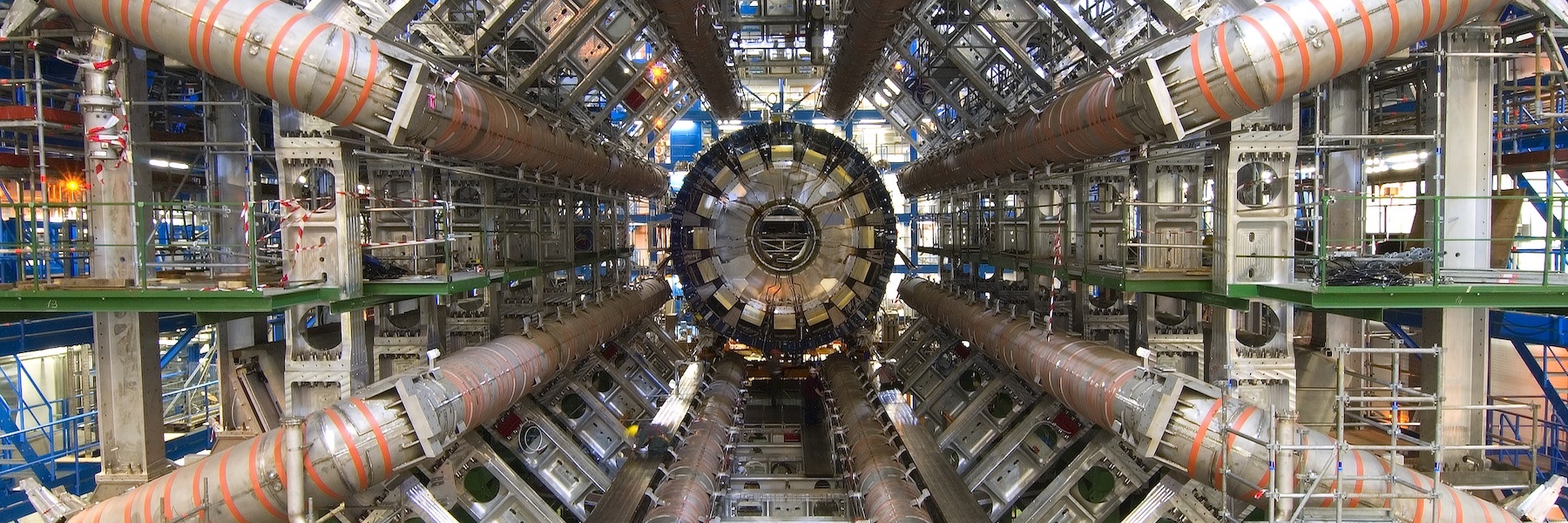ATLAS is one of four experiments that started taking data when the LHC began colliding beams in 2010. The scientific community has been anticipating these new generation of experiments because we believe new discoveries into the fundamental nature of matter will occur. Our group had a leading role in the construction, commissioning and calibration of the Transition Radiation Tracker (TRT). Harold Ogren led the Barrel TRT design and construction phases, and several modules were assembled in Bloomington. In addition, Fred Luehring is a TRT software expert and senior manager. Hal Evans and Sabine Lammers are currently involved in the development of ATLAS Phase-I and Phase-II upgrades to the Level-1 calorimeter trigger, specifically the global feature extractor (gFEX) that will trigger on boosted objects and global event quantities. Chris Meyer is working on the new inner tracker, in particular the monitoring, control and data-acquisition of the strip portion using the front-end link exchange (FELIX).
Because we don't know exactly what will be discovered next at the LHC, our analysis interests cross a broad range of topics. The LHC was built to investigate the nature of electroweak symmetry breaking, and we have interests in both Standard Model and Beyond the Standard Model (BSM) searches for the Higgs Boson. Supersymmetry has been touted as the likely explanation for TeV-scale new physics, and we are developing analysis techniques for observing heavily ionizing massive particles and heavy resonances.


